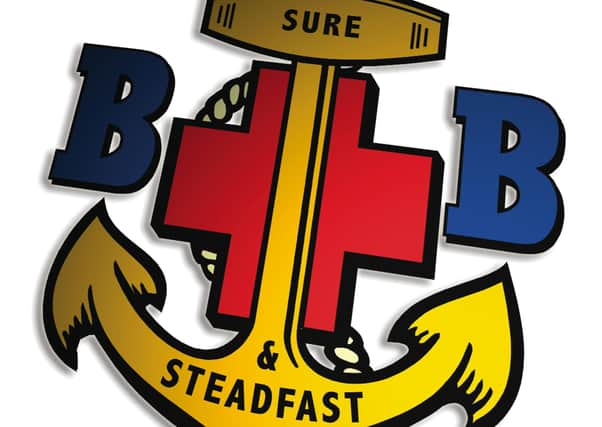Battalion clubrooms served many purposes


The idea of premises suitable for classes, games and activities was conceived by the 1st Grangemouth Company in 1933 as indicated in its 50th jubilee booklet. The first incarnation was the rented booking office at the railway station until requisitioning for WW2 left them ‘homeless’ until a room became available at the old power station. Dispossessed after a short tenure, the idea of owning premises emerged. Celebrating the end of the war, a loan was taken on and the dream of 20 years was realised with a Nissen hut at the top of Dundas Street. Many former members will have fond memories of it. It was a haven for boys on other than parade nights for many years and visiting teams from other companies will have used the building where battalion table tennis matches were played. Age caught it up and efforts were made in acquiring a building formerly belonging to the Grangemouth Drama Group. It had lain empty and unused but with efforts and donations from local traders, friends and ex-members, the ‘new’ clubrooms were open for business in Jackson Avenue and still serve the boys today, even though traditional pastimes have been replaced with computer games and the like. The ideal of dedicated clubrooms has been appreciated by various companies. Whilst seemingly innovative, such concepts go right back to the beginnings of the organisation, as envisaged by the founder. In 1906, having been a widower for some years, William Smith married Hannah Ranken Campbell, a cousin of the Prime Minister, Henry Campbell-Bannerman and in preparation for their marriage purchased 13 Belmont Crescent in Glasgow. The fine old building soon also became the HQ of the 1st Glasgow Company and it proffered open house for officers and boys with the top floor a clubroom for NCOs at weekends and so continued as a haven for boys until his sons later moved to London.
Comment Guidelines
National World encourages reader discussion on our stories. User feedback, insights and back-and-forth exchanges add a rich layer of context to reporting. Please review our Community Guidelines before commenting.